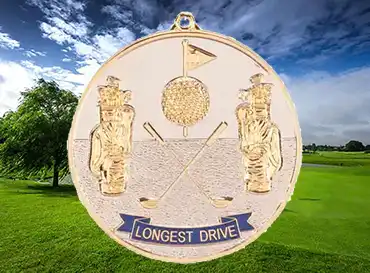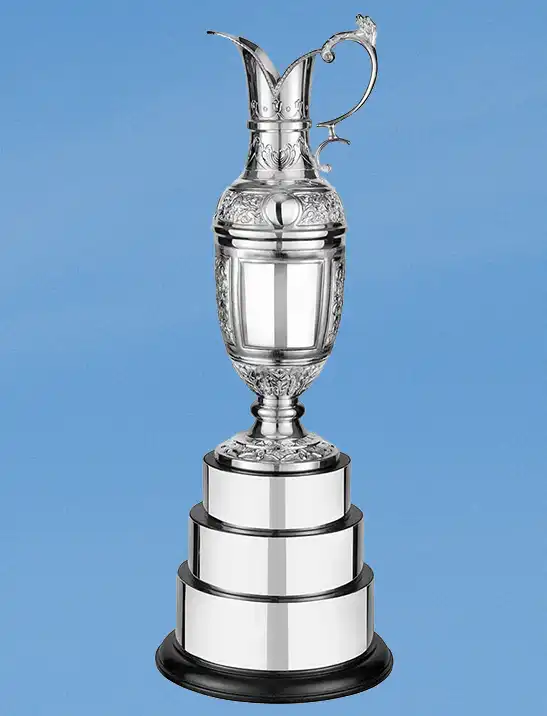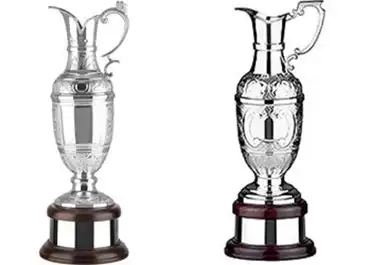Claret Jug Trophies
Claret jug trophies are a revered icon in the world of golf, with deep historical and cultural significance, especially in the UK. These iconic trophies are designed to resemble the famous Claret Jug awarded to the winner of The Open Championship, one of the oldest and most prestigious golf tournaments in the world.
While the original Claret Jug is made from sterling silver, replicas and similar trophies come in various materials to suit different budgets, preferences, and occasions. Among these materials, nickel-plated metal, silver-plated finishes, pewter, and resin are commonly used to craft claret jug-inspired trophies for a range of golf tournaments and awards.
The original Claret Jug Trophy has been displayed in the Clubhouse at Royal and Ancient Golf Club of St. andrews since 1928 when the new Claret Jug was produced. The winner returns the Claret Jug before the start of the following year's tournament and is given a replica.
How big is the Claret Jug?
The original Claret Jug was made by Mackay Cunningham & Co. of Edinberg and stands 20.75 inches (52.7cm) tall including the base. Weighing approxiamately 5.5 pounds (about 2.5kg), it is made from 92.5% sterling silver. The original claret jug was won by a total of 28 different golfers in its time.
Call now




















